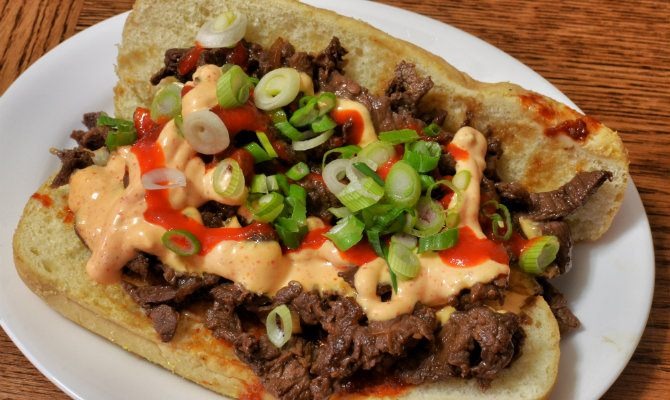Is America's New Appetite For So-Called 'Ethnic Food' Offensive?
In elementary school, you may have made fun of "weird" lunches with foreign spices and unusual smells, but now you're waiting in long lines just to experience — and Instagram — ngau lam. Earlier this year, an op-ed in The Washington Post critiqued those who use the term "ethnic food" to describe immigrant meals, quoting a professor who says it is used to signify "a certain kind of inferiority."In an op-ed today in the Post, Ruth Tam continues the discussion, writing, "Childhood friends called my food 'Chinese grossness.' How did it become America's hottest trend?"
Tam goes on to describe her fond childhood memories of eating her father's ngau lam, a traditional Cantonese brisket stew, and her embarrassment when friends made fun of her for the "weird" food. However strong her shame when she was the subject of schoolyard teasing, she's now equally stricken by seeing those same dishes popping up on trendy restaurant menus.
"Recently, I discovered I can order bone broth, like my grandmother used to make, in New York City — the same way I would order a cold-pressed juice," Tam writes. "In the United States, immigrant food is often treated like discount tourism — a cheap means for foodies to feel worldly without leaving the comfort of their neighborhood — or high-minded fusion — a stylish way for American chefs to use other cultures' cuisines to reap profit."
She ends with a sentiment that many American immigrants and their children share: Re-distributing "ethnic" food is OK, but only if done with respect for the culture from which it came.
